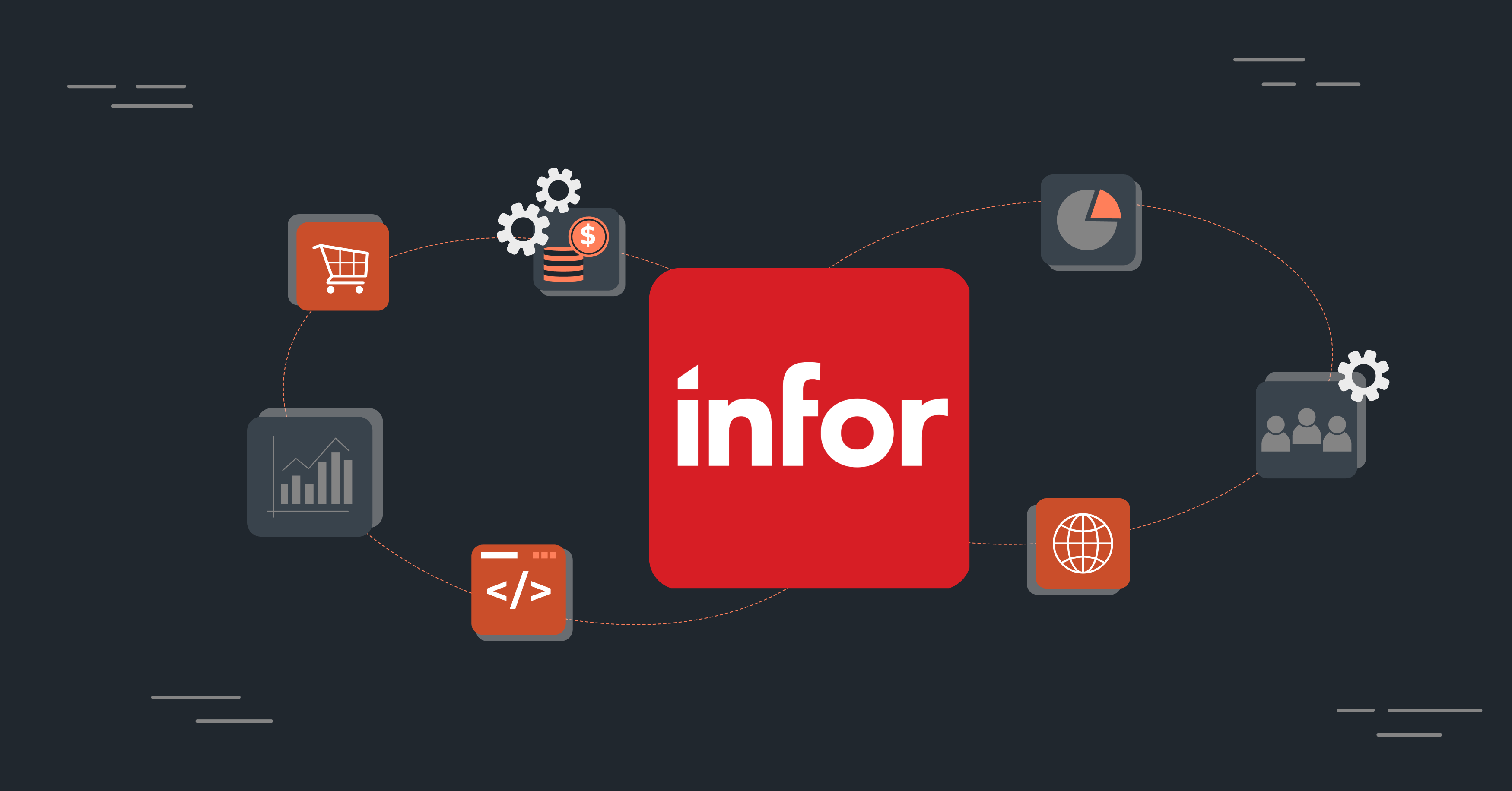So you want to launch an online store? That’s amazing! Ecommerce businesses are growing like crazy. E-commerce sales are projected to reach $7.4 trillion globally by 2025.
But like any new business venture, turning your ecommerce dreams into reality requires some careful upfront planning. And that’s where a solid business plan comes in.
When written right, a business plan serves as a strategic roadmap for building a profitable, sustainable ecommerce empire over time.
So let’s break down what needs to be included to set your future ecommerce business up for long-term success.
Executive Summary
Kicking off your ecommerce business plan with a high-level overview of your company helps communicate:
- Your mission statement and core values
- The problem you solve for customers
- Your unique value proposition
- Target customer profiles
- Key team members and advisors
- Financial objectives and crucial growth milestones
Think of the executive summary as your elevator pitch to get potential investors or partners excited about the key details of your overall game plan. Capture their attention with some bold vision casting upfront before diving deeper into the details.
How to Start an Ecommerce Business Without Money
Products & Services
Next, dive into introducing the actual products, services or digital offerings you plan to sell online. Make sure to cover:
- Specific categories, specialty niches and individual products in your catalog
- Key features and benefits you offer to customers
- Proprietary aspects like patents, formulas or designs
- Competitive pricing and positioning strategies
Back up claims around competitiveness and product-market fit with credible third-party data. Demonstrating a deep understanding of what you’ll sell, why customers will buy it from you, and for how much is crucial for gaining investor confidence.
Market Analysis
Now it’s time to showcase your in-depth understanding of the ecommerce markets and segments you are targeting. Outline details like:
- Total addressable market size/growth trajectories in your niche
- Customer demographics, pain points and buying behaviours
- Competitor analysis and case studies
- Market trends and tailwinds providing opportunities
- Potential hurdles or headwinds to overcome
Thorough market research helps you realistically size opportunities while also planning how to stand out from other merchants already catering to your ideal buyers.
Web Storefront & Technology
Ecommerce lives and dies by the digital storefront experience and backend technology powering operations. Investors want to understand:
- Where customers will purchase from you (standalone site vs marketplace stores)
- Website design, layout and functionality
- How you drive traffic to your online shop
- Chosen ecommerce platform, integrations and capabilities
- Omnichannel sales channels you’ll operate across
The right technology stack strongly contributes toward delivering seamless customer experiences and lean overhead expenses as you scale.
Operations Plan
You must showcase capabilities for smoothly running ecommerce operations handling:
- Inventory purchasing workflows and fulfillment logistics
- Packaging, shipping and returns processes
- Payment, data security and compliance management
- Customer onboarding, account management and retention
Mapping out these workflows early on is crucial for ensuring positive customer experiences after the initial sale. This protects long-term sustainability.
Management Team
Venture capital investors bet on founders and management teams over ideas alone when allocating funds. That’s why introductions are so important:
- Founder backgrounds summarizing experience and past successes
- Headshot images help build familiarity and trustworthiness
- Roles and responsibilities across business functions
- Professional skill sets represented on the leadership bench
Communicate deep bench strength across product, tech, marketing, operations and finance experience crucial for ecommerce.
Financial Plan
Tying everything together is the financial plan projecting growth and profitability over 3-5 years. Include:
- Startup budgeting needs for operating expenses
- Revenue modeling and sales forecasts by product segment
- Gross/net profitability margin expectations
- Salary budgets as team expands over time
- Break-even analysis tied to growth milestones
Investors scrutinize financial models closely so make conservative projections that account for unforeseen hiccups or delays.
Fundraising Requests
Wrap up your ecommerce business plan by clearly stating how much funding you are seeking to raise now vs. planned raises over time aligned to company growth milestones. Specify what any capital raised will fuel in terms of operational investments or staffing leadership hires.
Linking fundraising needs to fueling scale lays the groundwork for pitching investors in the months ahead.
Final Thoughts
Getting your ducks in a row with a solid business plan sets the strategic foundation for your e-commerce company to deliver strong returns over the long term. Spend time pressure testing all assumptions during the planning phase so you can anticipate and adjust to real-world market dynamics once launching. With sufficient planning and grit, your online store can successfully compete for its share of booming ecommerce sales.


